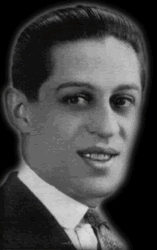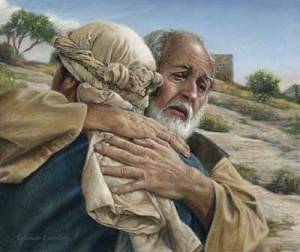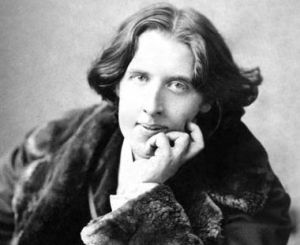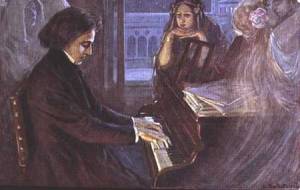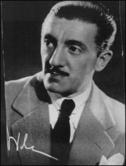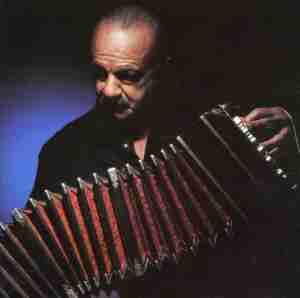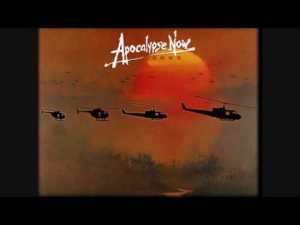1948, April 16 – FIRST RECORDED “LA PASTORA”
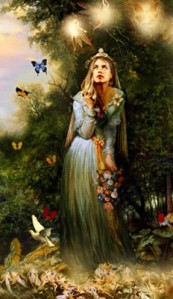 The lyrics of this tango say, ” she was an enchanted country girl who sang like those who dream in life…she laughed like people who are happy and she never complained…one day she disappeared but people can still hear her voice in the wind”….”La Pastora” was the second major hit for Alfredo Di Angelis which, like his first hit “Pregonera”, he composed in collaboration with lyricist Jose Rotulo…Jose Rotul was born in the city of Rocha, Uruguay and as a child he dreamed of being a pianist which he had studied at the consveratory….in time he realized that his true vocation was writing poetry and lyrics…with Alfredo Di Angelis he wrote the immortal “Remolino” which the Francini-Pontier Orchestra with the voice of Raul Beron turned into a great hit…Alfredo Di Angelis waited a long time to start his own orchestra…
The lyrics of this tango say, ” she was an enchanted country girl who sang like those who dream in life…she laughed like people who are happy and she never complained…one day she disappeared but people can still hear her voice in the wind”….”La Pastora” was the second major hit for Alfredo Di Angelis which, like his first hit “Pregonera”, he composed in collaboration with lyricist Jose Rotulo…Jose Rotul was born in the city of Rocha, Uruguay and as a child he dreamed of being a pianist which he had studied at the consveratory….in time he realized that his true vocation was writing poetry and lyrics…with Alfredo Di Angelis he wrote the immortal “Remolino” which the Francini-Pontier Orchestra with the voice of Raul Beron turned into a great hit…Alfredo Di Angelis waited a long time to start his own orchestra…
***
Most would be greats jumped into the treacherous waters of entrepreneurship at a much younger age (and most failed) and yet from the moment of his debut at the mythical Cafe Marzotto, he would see unabated success…he would be criticized as being a merry-go-round orchestra for, like Juan D’arienzo, adopting the 2/4 beat, would make it eminently successful and eminently danceable…another thing that differentiated him from his competition was his stability; his core group if musicians would remain with him for their entire careers…Di Angelis popularized the tango duet especially the one of Carlos Dante and Julio Martel who would record a number of hits…Alfredo Di Angelis was on the inaugural show of the legendary Glostora Tango Club on Radio El Mundo with who he would be associate for twenty years…Alfredo Di Angelis was born in the charming village of Androgue just outside of Buenos Aires; years later it would be the inspiration for one of Jorge Luis Borges’ books of poetry…his father Virgilio de Angelis was a violinist who encouraged young Alfredo to play the bandoneon and later the piano
legendary Glostora Tango Club on Radio El Mundo with who he would be associate for twenty years…Alfredo Di Angelis was born in the charming village of Androgue just outside of Buenos Aires; years later it would be the inspiration for one of Jorge Luis Borges’ books of poetry…his father Virgilio de Angelis was a violinist who encouraged young Alfredo to play the bandoneon and later the piano
_________________
- CLICK HERE – http://www.youtube.com/watch?v=CHhqJdliySE to see the Alfredo Di Angelis play his second great hit “La Pastora”






